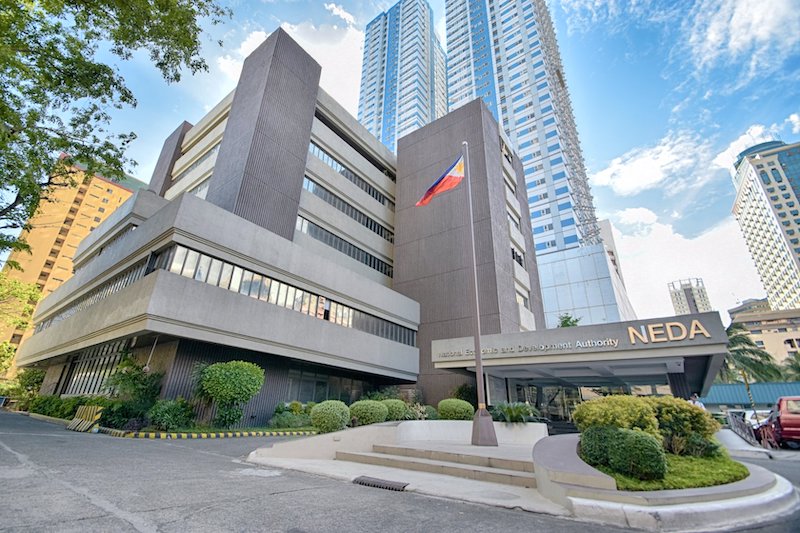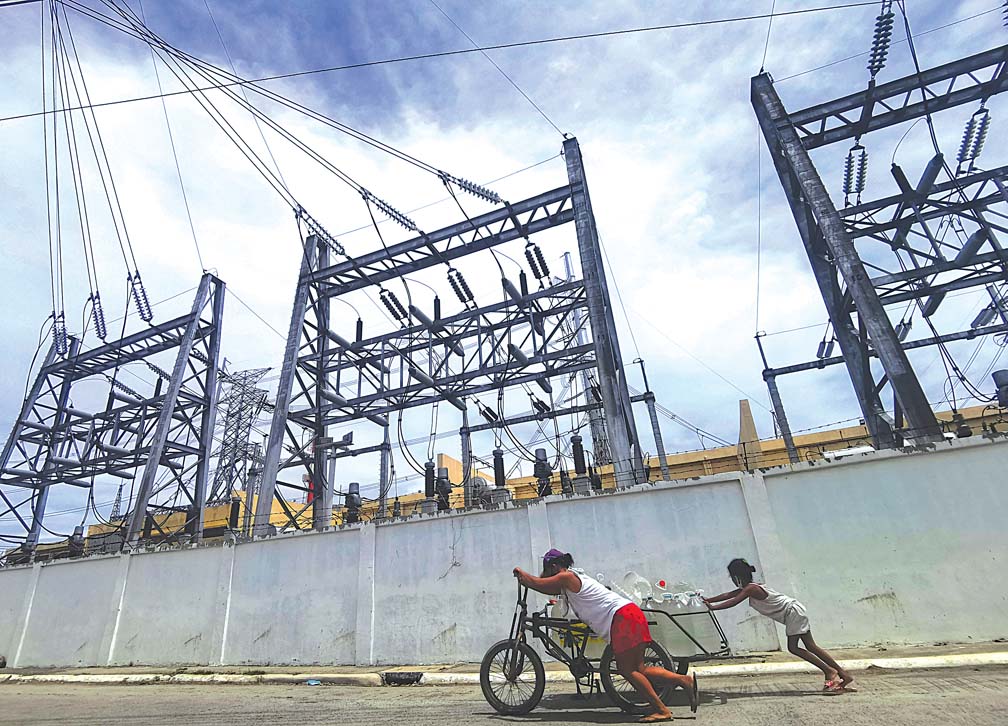THE Philippines is expected to grow to its weakest in four years in 2019, a private bank economist said, as the economy absorbs the effects of tighter monetary policy made this year.
In a statement on Monday, ING Bank Manila economist Nicholas Mapa said the country in 2019 could post its lowest print since 2016 at 6.1 percent, as recent monetary-policy adjustments are expected to “sap” economic growth momentum.
The Bangko Sentral ng Pilipinas (BSP) this year has made several consecutive policy adjustments by hiking the main policy rate as a response to the rising inflationary pressures in the country.
The most recent was the 25-basis-point hike done in November to “cement” the inflation trajectory back to target for next year. The hike was done despite the lower-than-expected growth rate in the third quarter of the year at 6.1 percent.
“In response to above-target inflation in 2018, the BSP unloaded an aggressive 175-basis-point rate hike salvo, which will continue to weigh on overall growth momentum in 2019. Elevated borrowing costs will sap both consumption and investment momentum and this will be a key theme throughout 2019,” Mapa said in his assessment.
“Meanwhile, inflation is expected to trend lower and eventually fall within target by the second half, after monetary and nonmonetary policy measures feed into the economy,” he added.
Post-election scenario
According to the economist, growth in the first half of 2019 will be boosted by election-related spending, although a five-month ban on public spending could well offset this positive.
“Post-election, decelerating inflation will partially restore lost purchasing power while also helping to lead financing costs lower. This should lead to a slightly faster pace of growth in the second half, as household spending, business investment and government spending accelerate from the first half,” Mapa said.
The economist also cited three main indicators to watch for as they could make or break the continued economic momentum of the country in the next months.
These are the current-account position, the BSP’s next moves and the peso’s value against the dollar.
“With imports expected to continue to surge while exports and structural flows chug along at a lackluster pace, current-account deficits may be here to stay. We do not a see any substantial recovery in the export sector in the near term,” Mapa said.
Regarding the BSP’s next move, the economist said the BSP is likely to retain its hawkish stance and carry out 50 more basis points worth of hikes next year.
“BSP will likely be mindful to safeguard against inflationary pressures and look to maintain a healthy differential with the Fed funds rate,” Mapa said.
“On the other hand, BSP Governor Espenilla will likely resume his quest to slash the RRR [reserve requirement ratio] by another 200 basis points [with 100 basis points in each of the first quarter and the third quarter] to help alleviate tight onshore liquidity conditions,” he added.
For the peso, Mapa said the local currency is likely to face moderated depreciation pressure, while liquidity conditions will improve.
On Monday, the peso started the month’s trade at 52.32 to a dollar, with a total traded volume of $965.6 million for the day.
This is already a marked improvement from the 52.808 average trade of the peso in November, according to BSP data.
Image credits: Nonie Reyes

































